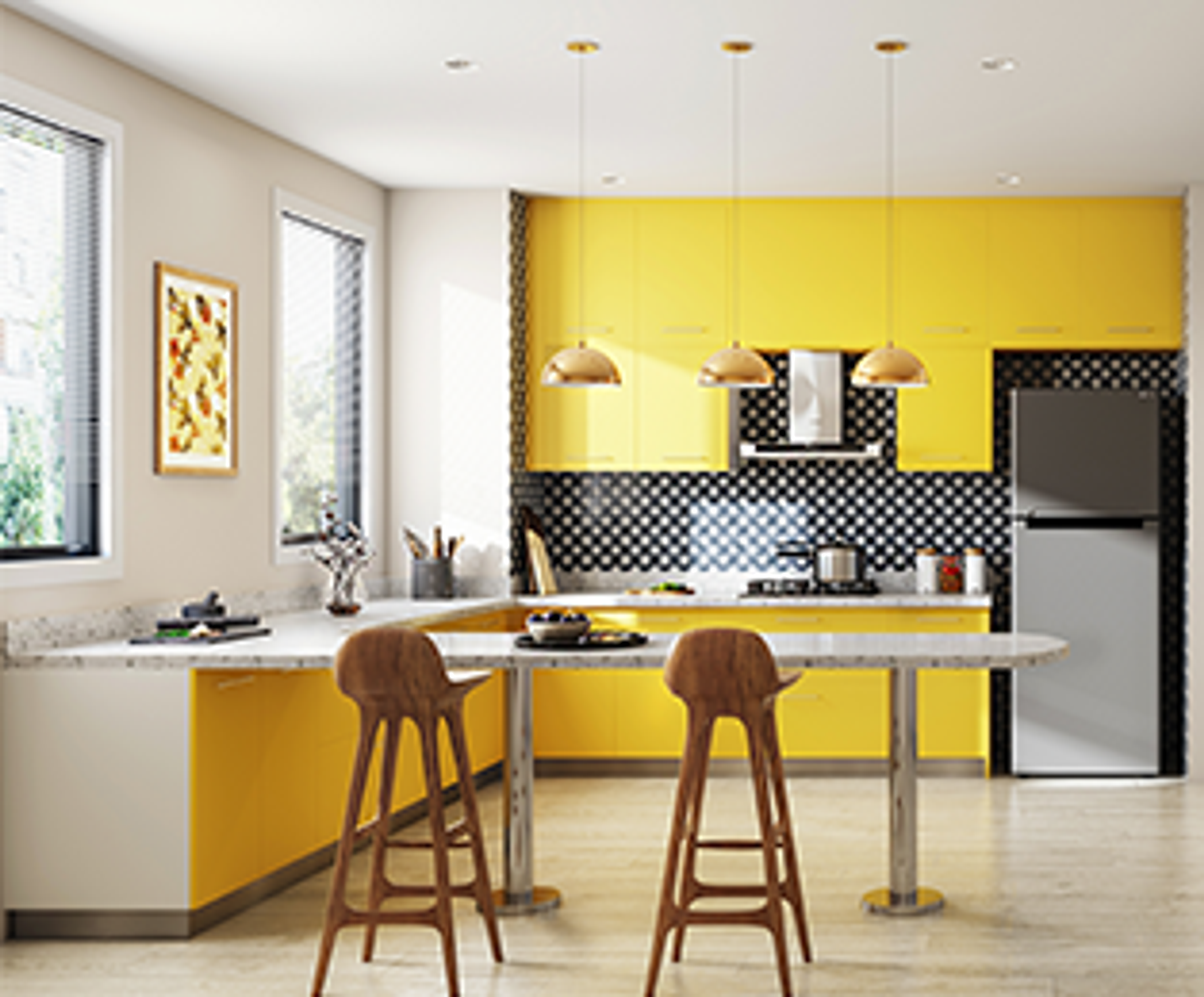Transform Your Home With Essential Concepts of Interior Decoration and Aesthetics
By understanding the impact of shade concept and the significance of texture and patterns, one can develop spaces that are not just visually attractive yet also deeply individual. Attaining this stability includes more than plain decoration; it incorporates a strategic plan and an eager understanding of exactly how each component communicates within a room.
Understanding Shade Concept
Shade concept is a basic facet of interior decoration that considerably affects mood, understanding, and general aesthetic. Comprehending the principles of color theory allows designers to create spaces that reverberate emotionally with occupants while fulfilling functional requirements (miami luxury interior design). Colors can be categorized into three primary types: primary, secondary, and tertiary. Each category plays a vital duty in developing consistency within an area.
The mental impact of shades is profound; cozy colors such as reds and oranges evoke power and heat, while great tones like blues and eco-friendlies promote calmness and peace. The usage of complementary shades enhances aesthetic interest, developing striking contrasts that can elevate an area's appeal.
Neutral shades, on the various other hand, act as a versatile backdrop, permitting other layout aspects to radiate. It is necessary to think about factors such as illumination and the room's objective when selecting a color scheme, as these can alter the assumption of colors throughout the day.
Ultimately, a well-considered color pattern can change a space, cultivating a sense of convenience and style that straightens with the occupants' preferences. Proficiency of shade theory is, consequently, a crucial skill for any type of interior developer intending to produce harmonious and inviting environments.
Attaining Balance in Style
How can designers achieve a feeling of stability in their rooms? Accomplishing balance in design is fundamental to developing unified insides.
Unbalanced equilibrium, on the various other hand, depends on differing components that still achieve a cohesive appearance. This technique permits more vibrant and informal arrangements, offering rate of interest while preserving stability. By very carefully picking differing dimensions, colors, and textures, developers can produce a visually engaging area that feels well balanced yet energetic.
Radial equilibrium highlights a central focal factor with aspects radiating external. This style is commonly seen in round designs, where furnishings and decor develop a cohesive border that attracts the eye inward.
Ultimately, attaining balance needs thoughtful factor to consider of scale, proportion, and the relationships between components. Architecture Firm. By skillfully using these equilibrium principles, designers can change spaces into settings that feel both cosmetically pleasing and functionally unified, improving the total experience for occupants
Relevance of Spatial Recognition

A keen sense of spatial awareness allows developers to identify centerpieces within a room, directing the audience's interest to essential functions while preserving a general sense of unity. It also aids in the calculated placement of lighting, which can considerably affect the assumption of area and mood. Comprehending spatial relationships makes it possible for the designer to cater to the particular needs of occupants, making sure that each area offers its designated purpose without endangering looks.
Eventually, spatial awareness is crucial for taking full advantage of the potential of any kind of interior room. By thoroughly taking into consideration the interaction between dimensions, format, and function, developers can develop environments that not only fulfill functional requirements however also evoke a feeling of comfort and appeal, enhancing the general living experience.
Incorporating Structure and Patterns
Welcoming a diverse variety of appearances and patterns can substantially boost the visual and tactile allure of an interior area. The strategic use of different products-- such as wood, metal, material, and stone-- produces deepness and interest, making a room feel a lot more welcoming and dynamic. Integrating smooth surface areas with rough appearances can establish an equilibrium that draws the eye and engages the detects.
When integrating patterns, consider both range and interior design firms rep. Large patterns can serve as centerpieces, while smaller, subtle styles can match various other components without frustrating the room. Layering patterns, such as pairing flower paddings with candy striped tosses, includes intricacy and a feeling of harmony if performed thoughtfully.
It is also essential to preserve a cohesive shade combination, guaranteeing that textures and patterns collaborate instead of complete for interest. By choosing a couple of vital appearances and patterns, you can develop a linked aesthetic that reflects your personal design while boosting the overall ambiance of the space. Eventually, the mindful consolidation of these elements can change a mundane room into an innovative environment abundant with character and warmth.
Individualizing Your Area
Developing a space that mirrors your personality is crucial to achieving an absolutely inviting setting. Customization in interior layout allows you to infuse your one-of-a-kind style and rate of interests into your home, transforming it from a plain shelter into a refuge check here that speaks to that you are. Begin by selecting a color combination that resonates with your emotions-- strong hues can stimulate, while soft tones supply serenity.
Integrate art work and decor that show your interests, whether it be travel, nature, or abstract concepts. Showing individual collections, such as publications, photographs, or souvenirs, can evoke treasured memories and produce prime focus within an area. Additionally, think about personalizing practical items, like upholstered furnishings, to line up with your visual choices.

Conclusion
To conclude, the change of a home through the vital principles of interior layout and aesthetics demands an extensive understanding of color concept, balance, spatial recognition, structure, and personalization. Each component contributes considerably to creating an unified and practical living setting - miami luxury interior design. By thoughtfully integrating these principles, individuals can boost the visual charm and psychological resonance of their areas, inevitably promoting a home that mirrors distinct identifications while giving comfort and functionality